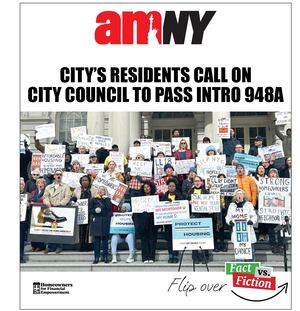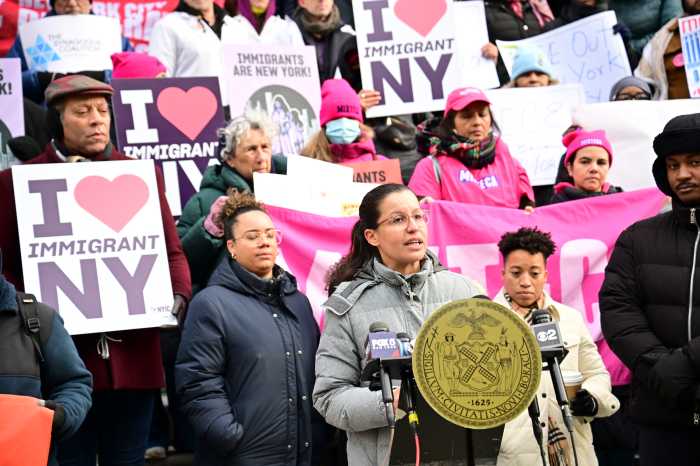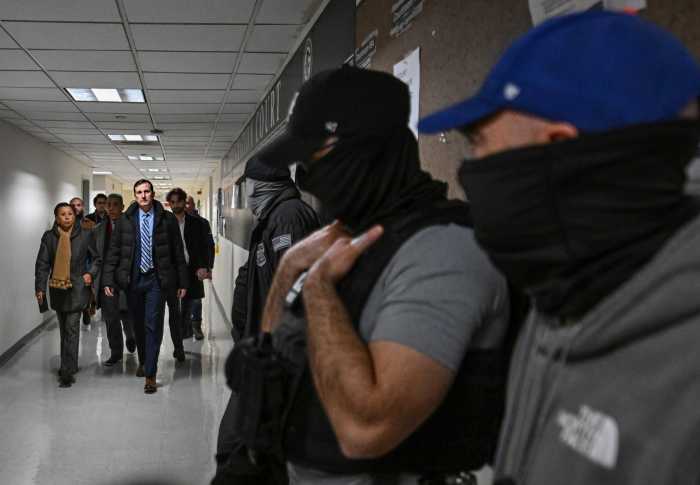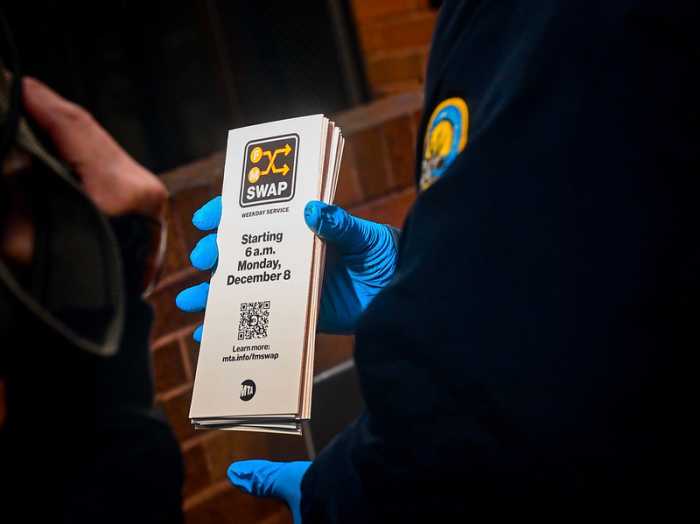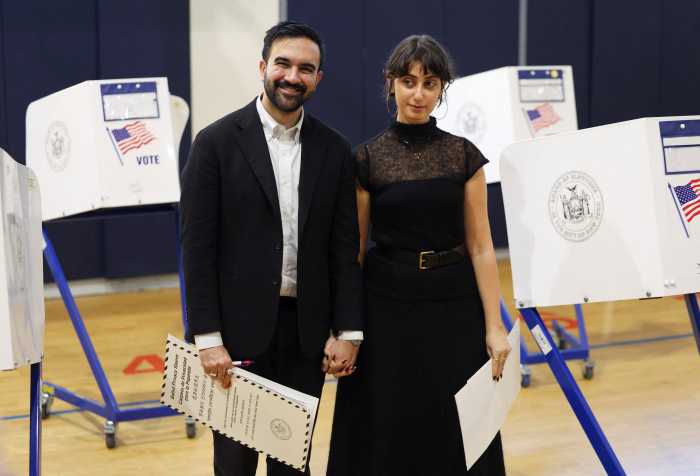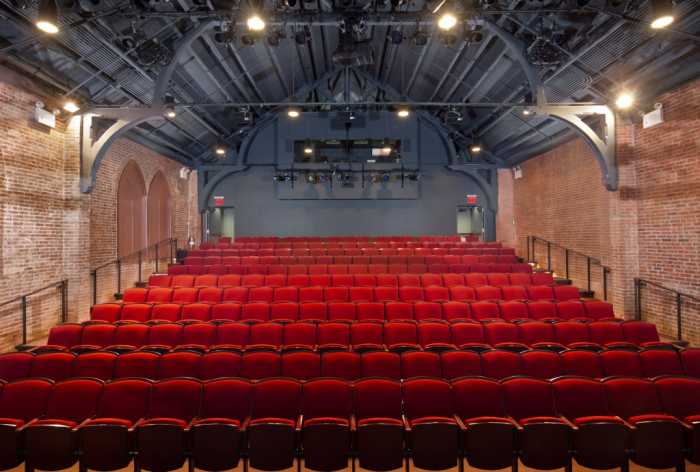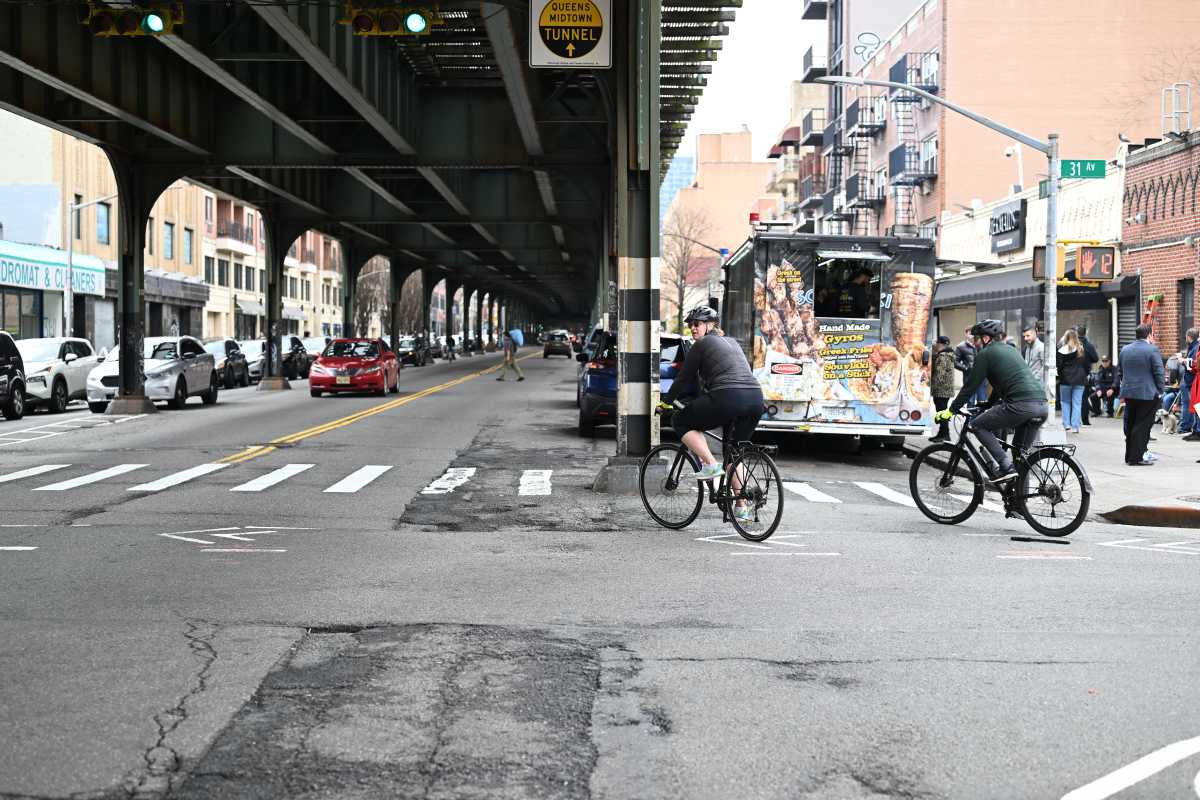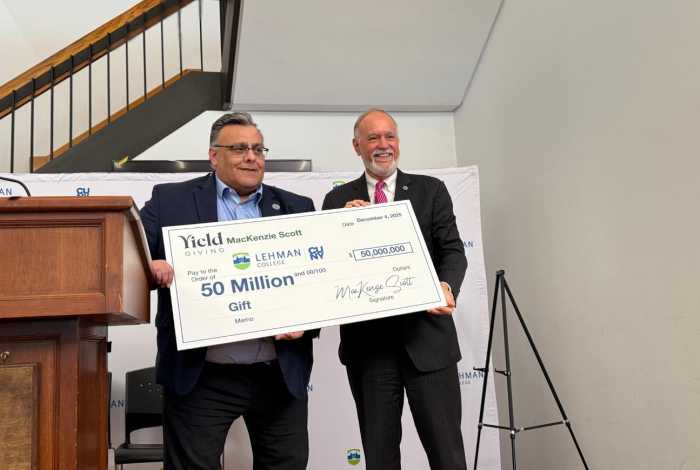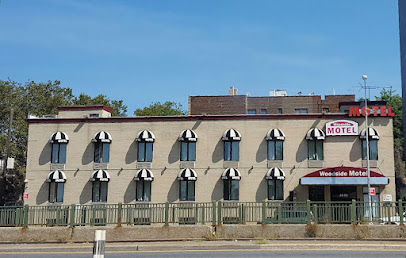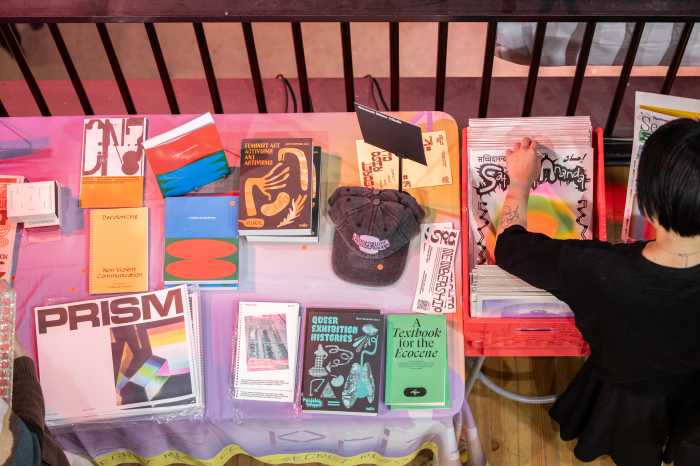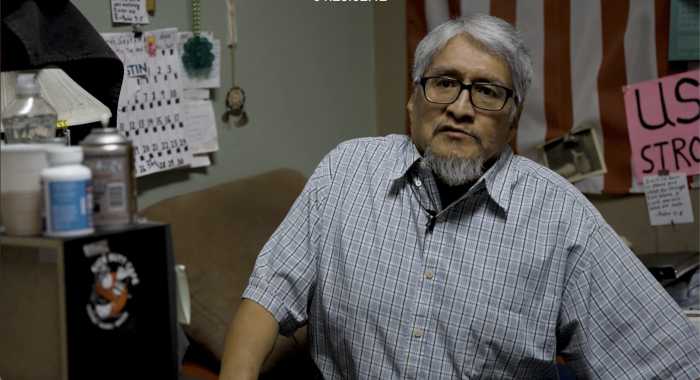
Manhattan streets are not keeping up with the rise of e-commerce and home deliveries, according to a report published Monday.
The study, published on Cyber Monday by the NYU Rudin Center for Transportation Policy & Management and the research firm 6t, looks at how home deliveries of groceries, meals and other goods have affected how people get around in Manhattan and Paris — two distinct but dense and transit-rich cities. One concerning finding was that online shopping didn’t lower car use, according to the report, which surveyed more than 2,000 residents in the two cities combined.
“It’s kind of bleak — people are still using their cars to go to stores in addition to ordering online, so it seems that they’re consuming more, rather than having online shopping replace in-person shopping,” said Sarah Kaufman, the associate director of the Rudin Center.
While the report didn’t examine how the growth in home deliveries has impacted congestion in Manhattan, Kaufman said it’s safe to say that more deliveries means more trucks, raising environmental and congestion challenges. Average travel speeds in Manhattan below 60th Street have dropped fairly steadily since 2010, from 9.1 mph to 7.2 mph.
On-demand delivery services such as express options from Amazon and the grocery service Fresh Direct have proved problematic for the city’s flow of traffic in recent years, according to Polly Trottenberg, the city’s Transportation commissioner.
"I’ve complained to Fresh Direct,” Trottenberg said at a breakfast forum last month. “I’ve said, ‘You’re doing all your deliveries at 8 in the morning. That’s the very time of day when you can’t be sitting at the curb blocking a lane of traffic.’ And Fresh Direct’s answer is, ‘That’s when our customers want our groceries. We want to serve our customers. Don’t you want us to thrive as a business in New York?’ "
Fresh Direct did not respond to a request for further comment.
As the city’s population has grown, so has the demand for its limited space on the street and at the curb; Trottenberg said the most common complaint she gets is that there’s nowhere to park. Monday’s report outlined three ways the city could reduce the impact home deliveries have on traffic congestion and the environment, starting first with a reimaging of the city’s use of curb space to prioritize truck deliveries and for-hire vehicles.
"We can only assume that the increase in package deliveries leads to an increase in delivery vehicles. And the existence of [private vehicle] parking necessitates loading and unloading often happening in traffic,” Kaufman said. "Right now we’re dedicating curb space right in front of building entrances to parking, which is a static use of space and does not comport to the 21st century, actual uses of the curb, which are mostly for deliveries and pick-ups and drop-offs from vehicles," Kaufman said.
The report also calls for the city to embrace smaller, energy-efficient options, like motorized, cargo e-bicycles and tricycles that are still illegal to operate in the state, following in the footsteps of places like Portland, Oregon, and Hamburg, Germany.
The third and more novel proposal would be to utilize taxis and e-hail companies like Uber and Lyft to make more deliveries.
The de Blasio administration has attempted in its own way to address the challenge of truck deliveries. But it has so far experienced little success with its Congestion Action Plan, which critics argue is too meager, and with a program to incentivize overnight deliveries.
“I loved the idea of off-hour deliveries at first, but the fundamental problem, though, is that not all businesses are open 24 hours. Delivery companies might have a few clients on the block that are open and willing but others that aren’t,” said Ken Thorpe, the CEO of the New York Trucking and Delivery Association. “And all that means is that a truck will have to run the route twice — once during off-peak and once during on-peak — because you can’t get every customer to sign on to it.”
A DOT representative said in a statement that the report offered "valuable" insight into home delivery patterns, but the elimination of parking in front of buildings must be "context sensitive."
"As we make the transition from a city curb management policy that focuses on parking to one that is more attentive to the emergent ‘pick-up-and-drop-off’ economy, we will need to balance competing demands for scarce curb space," the DOT person said.
Thorpe endorsed the idea of creating more loading zones, but said that would work only if the city actually kept those lanes clear for trucks. They’re typically clogged with placarded city vehicles using the areas to park illegally, he said.
“That would have to come with a no-nonsense approach to those spaces not being taken up by city vehicles’ special plaques,” he said. “City vehicles occupy a lot of the spaces in the most congested areas of the city where trucks have to park.
“It’s a difficult, difficult situation,” he said. “There’s no room.”
E-commerce stats among Manhattanites:
- 26% of those surveyed bought a non-food item online at least once a week.
- 56% of those surveyed made an online grocery purchase at least once a month.
- 47% of families with children bought non-food items online at least once a week.
- 37% have paid for same-day deliveries.
